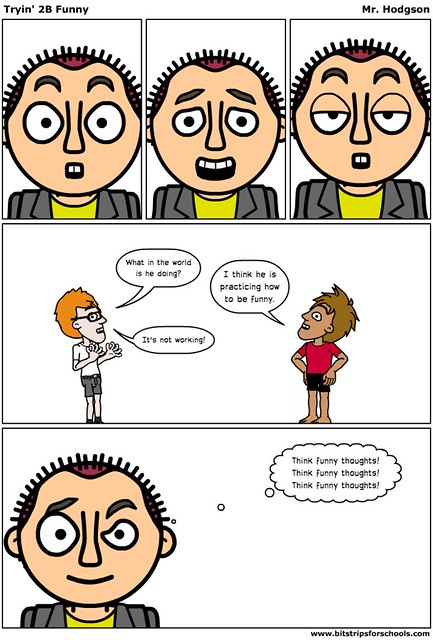There are plenty of people writing about interesting projects that connect technology with learning but one of the small few whom I have consistently looked to for guidance and inspiration over the years has been Wesley Fryer and the posts he shares at his blog, Moving at the Speed of Creativity. His work around digital storytelling (see the Storychasers project) and use of audio podcasting for learning, in particular, have opened up a lot of possibilities over the years. For the past few months, I have been watching from afar as Fryer has been putting together an ebook about using media for learning (see his blog post about his experiences of publishing an ebook). Now the ebook is out, and I have to say, Fryer does an outstanding job of balancing practical knowledge of various elements of technology with the deeper understanding of the rationale behind bringing such tools into the classroom.
The ebook — Playing with Media: Simple Ideas for Powerful Sharing — is, as the genre suggests, only in digital format, and as usual, Fryer takes full advantage of the possibilities, embedding video tutorials, audio files, and hyperlinks galore that will have you moving in and out of this resource with ease and interest. Using his own young family as the source for many of the projects here, Fryer’s use of digital stories and other media projects showcase how voice and creativity and technology can come together in powerful ways. The result is a rich learning experience that should open new doors for exciting work in the classroom, particularly for those educators who are still struggling with getting that first step moving forward. Fryer is a patient, wise guide.
One of the themes of Playing with Media is that technology and media tools can tap into students as creative composers. Fryer notes that he purposely chose the word “playing” for the title of this book because he wants teachers to understand that exploration and creativity are crucial to the path of learning. I couldn’t agree more, and I think if educators can see the world of emerging tools through that lens, they may be more likely to “play” themselves and allow students time and space to do the same. The aspect of “play” allows for the possibility for small failures and unexpected pathways. That’s OK. That’s part of the experience.
Another theme that comes up a number of times here is the “Ethics of Minimal Clicks,” which Fryer articulates throughout various chapters. It seems obvious to me now in hindsight, but for new users of technology, the fewer the number of clicks, or steps, that one has to do to set up and use a blog, or a wiki, or a podcast, or work on a video, the more likely that activity will make its way into the classroom. I applaud Fryer for laying out such a simple, yet powerful, idea in such clear terms. A witty phrase helps, too. Using this “Ethics of Minimal Clicks” as a sort of structural underpinning of much of the content, the book examines such sites as Posterous for blogging, Wikispaces for wikis, and Cinch for podcasting. The ease of use should make it rather effortless for teachers to bring students into the world with technology.
Two other topics stuck out with me, too: audio and video.
Fryer focuses in on the power of audio, and podcasting, and how the use of student voice for a variety of projects can transform not only writing but also publishing. As Fryer notes, audio can be done rather cheaply (using Audacity for recording and Audioboo for hosting, for example), yet giving voice to student stories and opinions and publishing those thoughts to the world is transformative for many classrooms. When it comes to video, Fryer advocates the consideration of “no edit” video production. Instead of getting bogged down in using MovieMaker or iMovie for editing, students can create videos quickly in a “no edit” mode that basically comes down to “what you shoot is what you get” and then you move on. I like that idea because it makes a video project a little easier to manage. And it paves the way for the possibility of a larger, more careful video project, too. Getting your feet wet is sometimes half the battle — for teachers as well as for students.
There are plenty of books out there that are tapping into the tools of the 21st Century, and Fryer’s ebook should join the mix of some of the more useful and interesting out there right now. His engaging writing style, inclusion of very useful resources and tutorials, sharing of authentic examples and explanations of the pedagogy behind the technology make for an enjoyable and productive read. I highly recommend Playing with Media: Simple Tools for Powerful Sharing for any Kindle, Nook, iPad or whatever your device might be.
(Note: I was given an advanced copy of the ebook from Fryer to read and review. But the ebook is now available for sale on Amazon.com in the US Kindle Store, UK Kindle Store, and DE Kindle Store, and on Barnes & Noble for the Nook eReader and should be coming soon on Apple’s iTunes iBookstore too.)
Peace (in the learning),
Kevin







